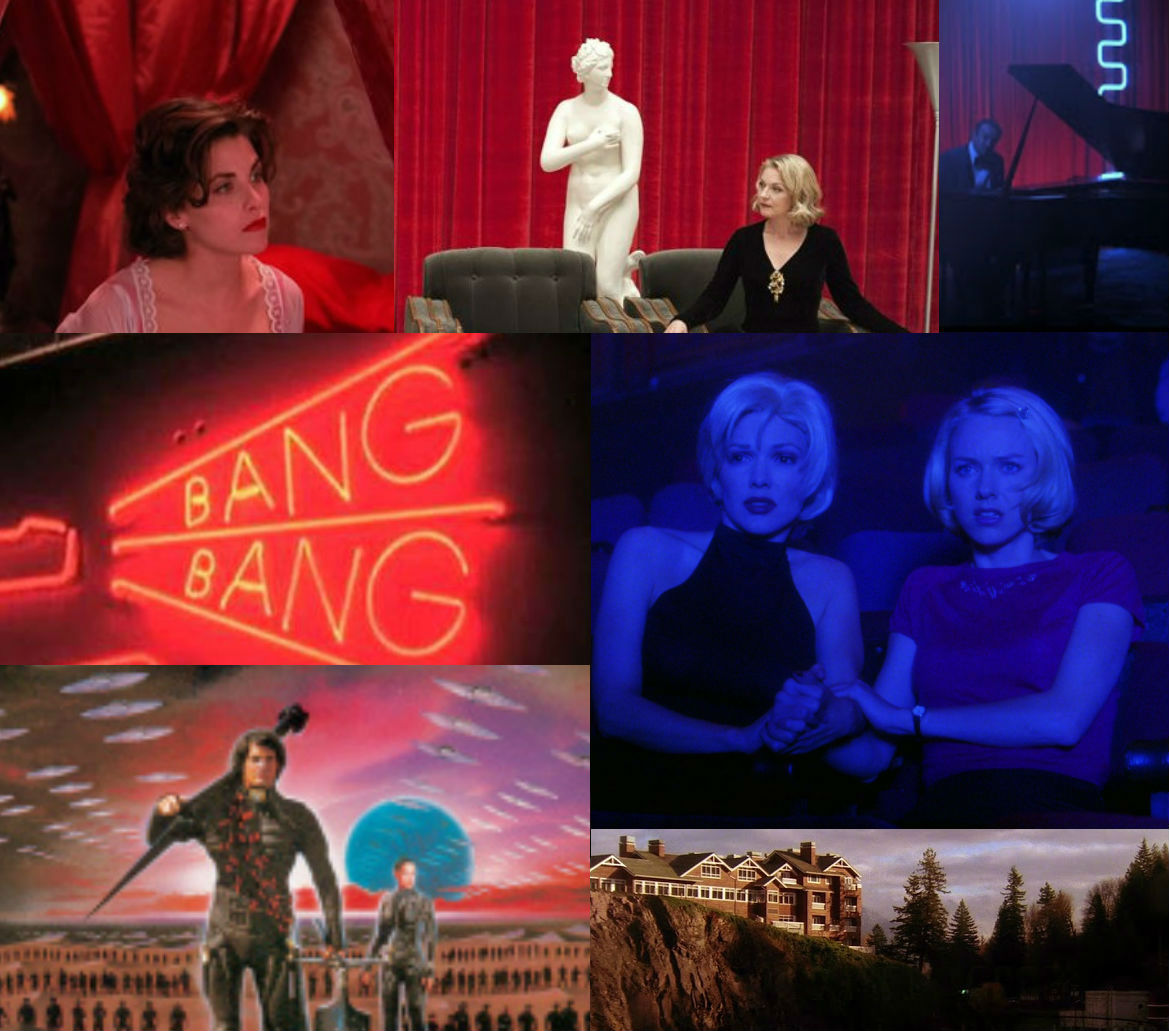Robert Stark and Matthew Pegas discuss the work of David Lynch and the parallels between the “Lynchian” and “Starkian.” Matthew Pegas blogs at Alt of Center | Life. Liberty. And the Pursuit of Beauty.
Topics:
Intro: The Northern Lights – Falling (feat. Lucy Black)
Lynch’s Politics: Admired Ronald Reagan and supported The Natural Law Party
Lynch Endorsed Bernie Sanders and later proclaimed that ‘Trump Could Go Down as One of the Greatest Presidents’
Lynch as an Alt Centrist
Lynch’s interest in Transcendental Meditation which taps into one’s sub-conscience
Lynch as a lone Aristocratic Radical in Hollywood
How capitalism creates faux cultural elites
Lynch’s entry to Hollywood via connections through Mel Brooks which solidified his role in Elephant Man
Lynch’s cinematographic basis as a visual artist and the theme of Neonationalism
The Lynchian aesthetic vs. the Starkian aesthetic and defining what is “Lynchian” and “Starkian”
Lynch and Stark’s self indulgences in their work
Lynch’s interest in Retro aesthetics: Film Noir, animated neon, Mid-Century Modern, and 80’s Vaporwave
Lynch’s affinity for small town Americana and the theme of a dark underbelly to small town life
How the first Twin Peaks portrays a romanticized image of the town, while the new one portrays a more realistic image
The Great Northern as a model for creating aesthetically pleasing suburbs that implement the romanticized image of the small town
Lynch should design a theme park or Las Vegas casino
The soundtrack of Twin Peaks includes a wide variety of genres ranging from 80’s Synth, Old Western, Film Noir Jazz, and 50’s Rock
How the fusion of genres makes it somewhat vague as to when it takes place
Ben Horne as an Old School capitalist who does things that are ethically wrong yet is rooted in his community
The Black Lodge: it’s symbolism and aesthetics
The philosophy that fear is the opposite of love rather than hate
Mulholland Drive: the themes of Hollywood power and paranoia due to insecurities
Dune: the aesthetics of Dune are more important than the plot
Retro Futurism in Dune: Middle Eastern Archeofuturism, Steampunk, and 80’s aesthetics
Blue Velvet: Sadistic male figures, eroticized rage, and establishing hierarchy through sexual dominance
“Lynchian” themes and references to Twin Peaks in Robert Stark’s novel Journey to Vapor Island
Click Here to download!
This show is brought to you by Robert Stark’s Paintings and his novel Journey to Vapor Island
